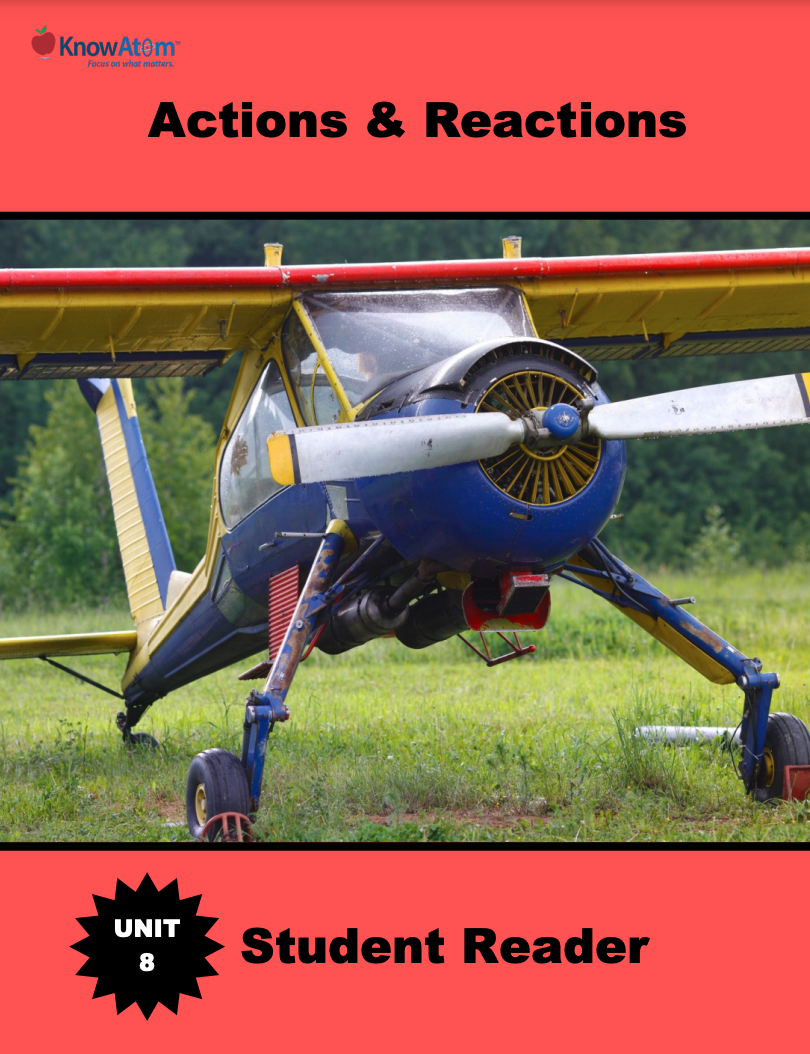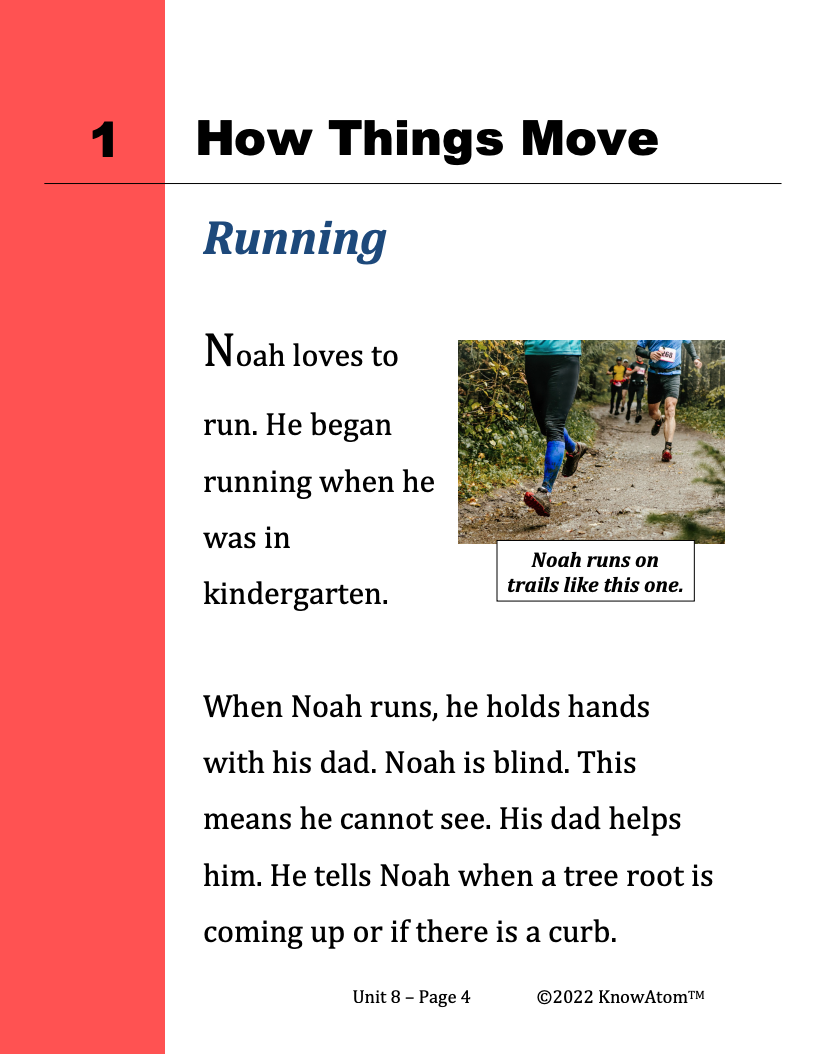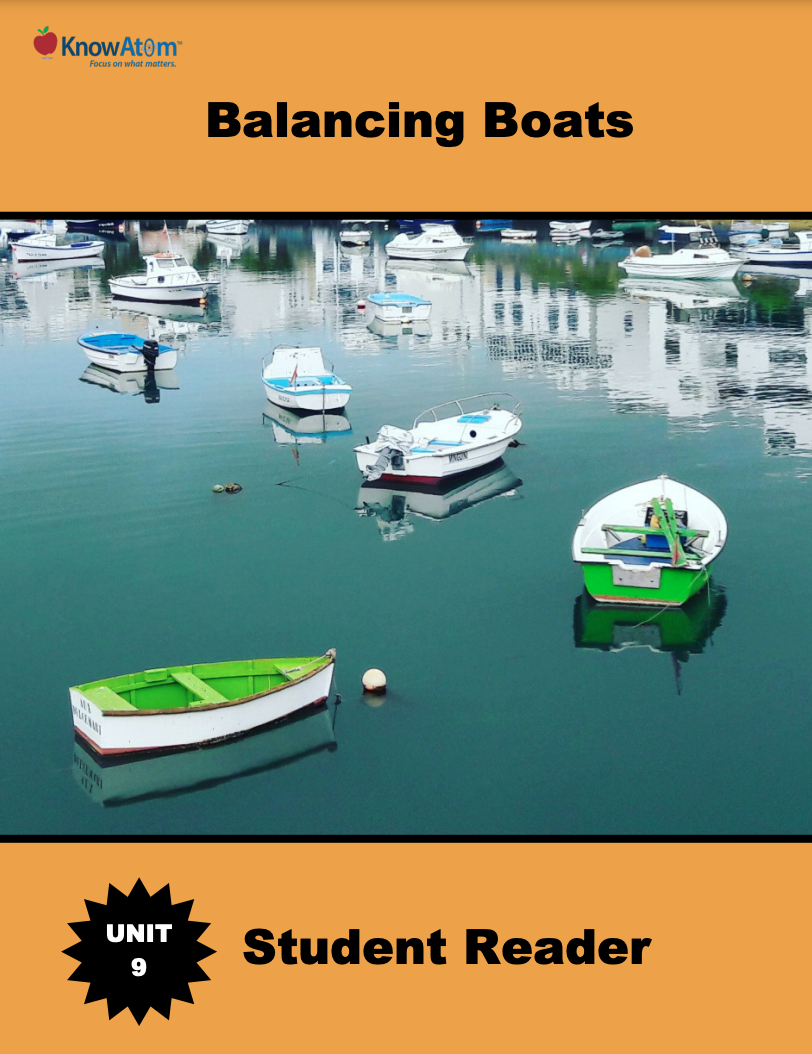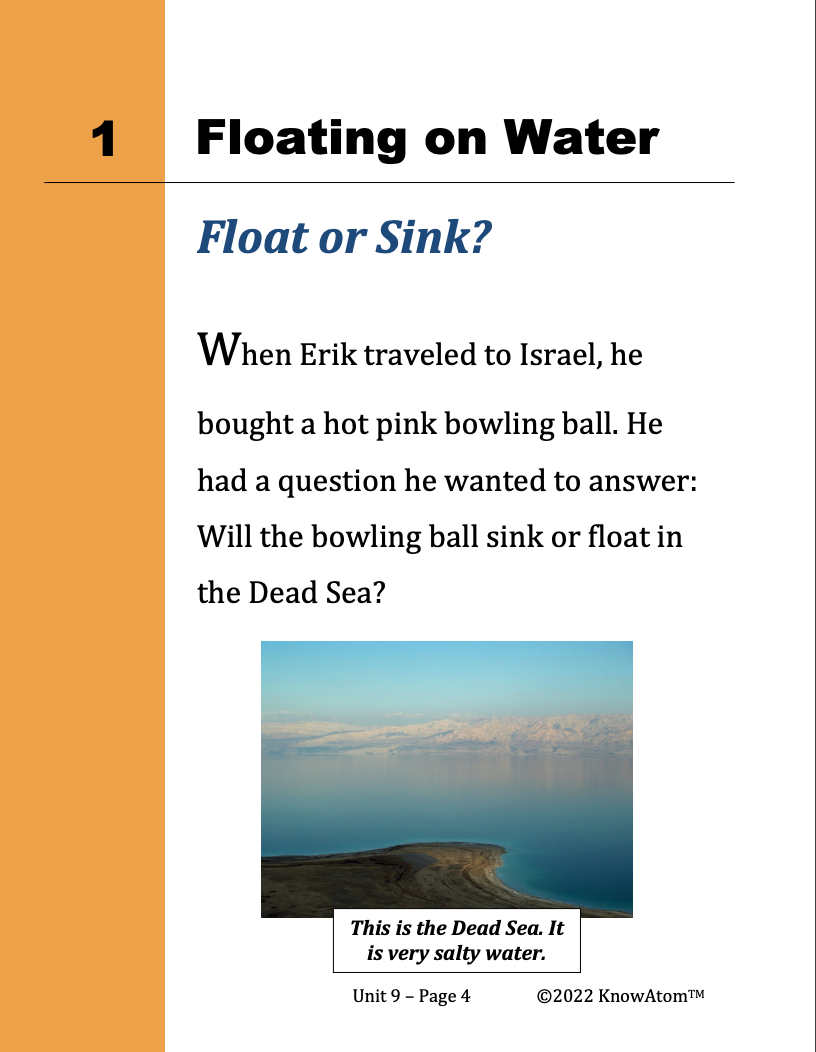
In the last unit, students explored how shelters help animals survive in their environment. In this unit, students investigate the relationship between forces and motion, building propeller cars to observe action-reaction forces, the relationship between the distance their car travels and the amount of force applied, and how friction affects motion.

In this unit, students explore how forces cause an object’s motion to change. They begin by exploring how objects move in different directions when they are pushed or pulled, and then investigate how changing the strength of a force changes the distance an object moves.

In the final unit of Kindergarten, students explore how forces and how different factors can affect an object’s motion. They explore how objects move in different directions when they are pushed or pulled, and then investigate how changing the strength of a force changes the distance an object moves. Finally, students discover how friction can change motion.

In this unit, students discover that pushes and pulls are forces that change the motion of an object. They begin by exploring how objects move in different directions when they are pushed or pulled, and then investigate how changing the strength of a force changes the distance an object moves. They then use a model to see how friction affects the distance and speed with which an object moves over a surface.

In this unit, students use propeller cars to explore the science phenomena of forces. They investigate action-reaction forces and see if a propeller car travels farther when its rubber band releases a smaller or larger force. Students then explore how friction affects motion by testing how far their car moves after rolling over smooth and rough surfaces.

In the last unit, students used propeller cars to explore the relationship between forces and motion. In this unit, students continue to explore vehicles with a focus on boats and specifically the science phenomena of properties that cause objects such as boats to float or sink.

In this unit, students investigate what makes an object float or sink, exploring the science phenomena of properties of objects that float and sink. This page is a high-level extract of the last lesson in 2nd grade that has students applying their knowledge about the relationship between an object’s properties and its ability to float.
Standards citation: NGSS Lead States. 2013. Next Generation Science Standards: For States, By States. Washington, DC: The National Academies Press. Neither WestEd nor the lead states and partners that developed the Next Generation Science Standards were involved in the production of this product, and do not endorse it.
